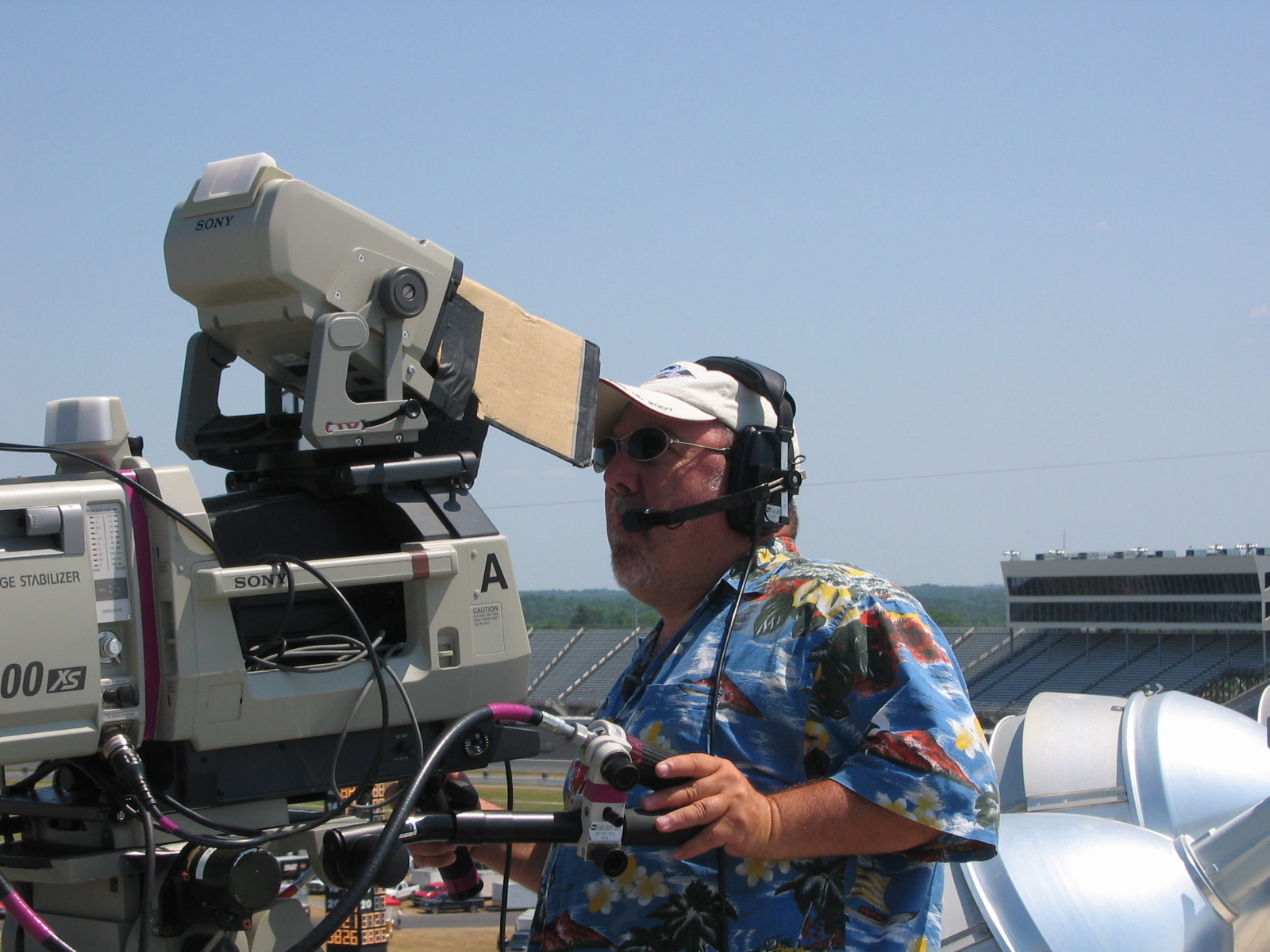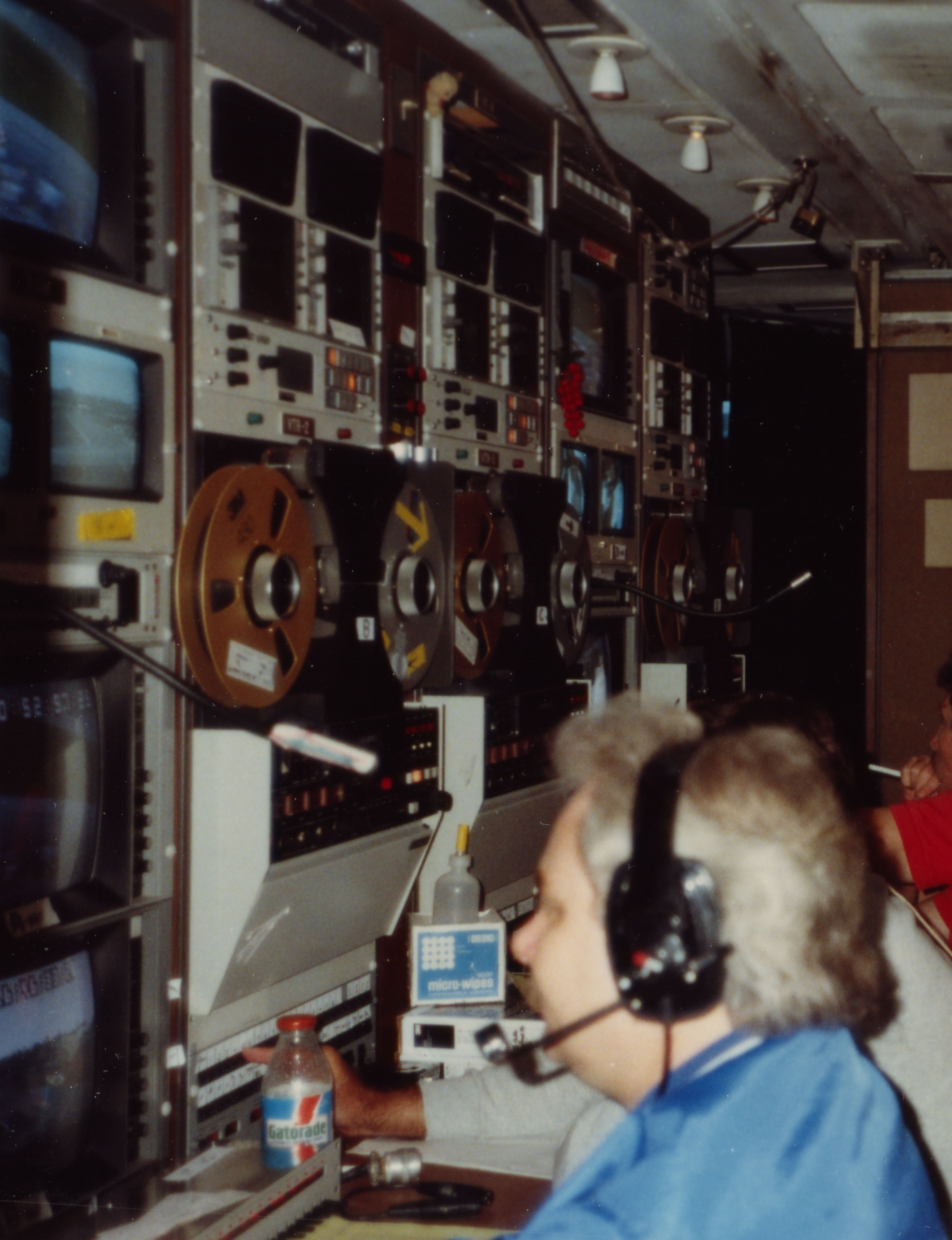Can You Hear Me?
Current live production communication systems have almost unlimited channels

Television operations and production is a team effort where clear communication between all members is critical. Communicating a camera angle, inserting a graphic or counting into a video replay all require clear, uncluttered, undistorted communications between producers, directors, operators and technicians.
When I started working in television/outside broadcast, I used to think the most important job of audio was to get on-air and mix a good sounding show. I learned quickly that intercoms were probably the most important aspect of audio’s job. You can lose a camera, crash a recording machine and even up-cut a commentary microphone, but if you lose the producer’s or director’s microphone you are probably screwed—believe me I know.
Intercom Etiquette
Television communications evolved from readily available telephone technology and even into the 1980s broadcast communication systems were a basic telephone “party line” configuration. The director’s camera conference would be where all the camera operators communicate on a single channel. Even a communications channel was often called a “P.L.,” which is shorthand for private line or party line.
In those days, the CBS OB van had only three basic channels of party-line communications—the director’s channel, the producer’s channel and an engineering channel. Additionally, there was the ever-present director and producer “hot mic,” which was heard throughout the OB van over open speakers so that if you were not on the director’s headset channel everyone could hear the director or producer over their hot microphone.
The 1980s began a period of improvements as the needs of broadcasters became defined and refined. Initial six-channel modular intercom systems were a lot like the analog days of telephones with delays and echoes that inhibited clear communications.
Equipment manufacturers were quick to adopt the latest telecommunications technology and next came various schemes of analog multiplexing where the systems evolved with increased channel counts along with programing flexibility. As with most things electronic, the final transition to digital solved most of the inherent deficiencies in an analog system.
My good friend and fellow mixer/A1 Pete Addams preached the concept of “word economization” when talking on intercom systems. You don’t need a chapter’s worth of information when only a sentence or a word will do."
I admit that there were some advantages to only having a few channels of communications, but the downside is that chaos can quickly ensue when someone gets “wound-up” and starts yelling over people on the same channel. Intercom etiquette not only includes polite interaction, but quick conversation.
The professional video industry's #1 source for news, trends and product and tech information. Sign up below.
My good friend and fellow mixer/A1 Pete Addams preached the concept of “word economization” when talking on intercom systems. You don’t need a chapter’s worth of information when only a sentence or a word will do. The infamous producer Don Ohlymeyer only needed one channel of communications and had the quietest communications of any live network production I witnessed. It was simple—the general rule was that everybody listened to Don and spoke only when spoken to. I miss Don!
Current communication systems have almost unlimited channels permitting abundant programing possibilities without worrying about limitations on channel capacity. Digital communications systems can easily be programmed for “party lines” or a “point-to-point” individualized channel. In addition to channel flexibility, digital intercoms have become incredibly sophisticated with programming that makes possible such things as splitting the left and right ears between different channels and being able to blend selectable channels together in each ear.

These communication tweaks are a tremendous benefit in a complex and hectic broadcast production world and personalized communications will endear you to most directors, producers and operators.
The Dark Side
As necessary as intercoms are, there is a dark side to them. There seems to be a shield of anonymity when some people put on a headset. I remember being told by a three-lettered network that I had “thin skin.” The shield/excuse often was called “in the heat of the moment, or it was nothing personal.” Well, some of it I took personal and so did some of my colleagues. What has been excused as “locker-room talk” is not excusable over the headset.
Remember, a headset is a microphone and a speaker and in the broadcast world there are many remote intercom stations that also have built-in speakers—and from my years of experience there was loose chatter that could be considered offensive, rude and down-right hateful. Before the HR and legal departments interceded, outside broadcasting had become wild and wooly, and the intercoms were the undoing of several on-camera talent and a few directors and producers.
Intercoms are often viewed as mundane and a necessary evil, but I contend that intercoms should be viewed as the backbone of a broadcast production and essential. A director will remember you if they had intercom problems before they would ever remember if you had a great mix!
Dennis Baxter has spent over 35 years in live broadcasting contributing to hundreds of live events including sound design for nine Olympic Games. He has earned multiple Emmy Awards and is the author of “A Practical Guide to Television Sound Engineering,” published in both English and Chinese. His current book about immersive sound practices and production will be available in 2022. He can be reached at dbaxter@dennisbaxtersound.com or at www.dennisbaxtersound.com.

